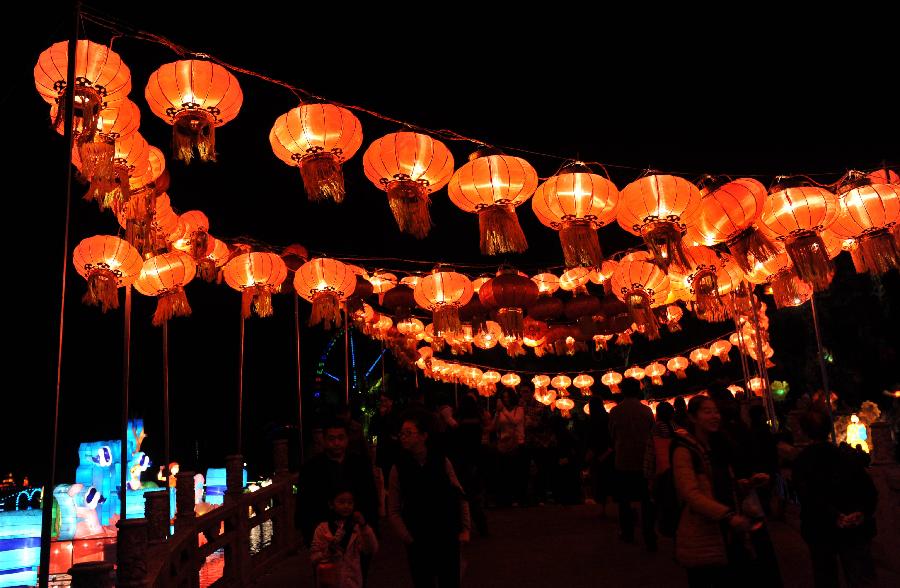
Gothic church pierces the sky, medieval-style buildings stand shoulder to shoulder, a man in Royal Guard uniform walks up and down the street... Exposed to these circumstances, everybody would believe that he is wandering around in a European town.
But in fact, this is only a real estate development project in Shanghai called "Thames Town", only one hour drive from the city center, not considered surprising anymore in a tidal reproduction of European and American architectures. You see, copied Palace of Versailles, copied White House, and copied Venice Town erect in succession, and Huizhou city of Guangdong province even plans to reproduce the Austrian town of Hashitate "according to the original size".
Many people consider the ability to afford living in a Western-style building as a symbol of status, a way to find the feeling of being part of the social elite. Others think that the ability to afford building Western-style buildings is the proof of development and even the business card showing that China has risen. In the appearance, this means blindly worshipping foreign culture and thinking that the grass on the other side of the hill is greener; internally, it is a distorted aesthetic standard.
With this mentality, many cities do not hesitate to spend great amounts of money to build replicas of foreign buildings and make mayor efforts to achieve it. They even go beyond their depth to invite bids globally, seek international certificates, and engage foreign designers to help out. Unfortunate,, they would make buildings in grotesque shape and pretend it is a foreign flavor. The "Circle of Life", the "Underpants Door" and other absurd buildings make people at loss, whether to cry or to laugh.
China's architectural history goes back to ancient times. Needless to mention the Epang Palace, Daming Palace, and the Imperial Palaces of the Ming and Qing Dynasties, or the Great Wall, the garden art and other cultural landscapes, one only needs to take a look at the "pieces of cakes" in Chinese architectural history such as the Hanging Temples and the Zhaozhou Bridge to see China has a seat in the world architecture stage. But now the obvious trend is to write off these former glories with one stroke. It is ridiculous to go from blind imitation to actually complete "copy and paste".
But they barely seem to realize that by fumbling behind Europe and the United States, one can never do better than becoming an imitator, or worse still, turn out neither fish nor fowl. In the final analysis, paying sole respect for foreign style and admiring only foreign style mean in a way getting lost in culture. The old culture is broken and the new one has not been established yet. The architectural imagination shrinks sharply and the aesthetic orientation wavers between the traditional and the modern.
Modernization is a process of convergence. Only what has stronger national characteristics is better recognized by the world. Architectural imagination and aesthetic in particular needs the "Coolest Ethnic". The design of Beijing Fragrant Hill Hotel by Architect master Pei Leoh Ming once set off a wide discussion about the combination of traditional Chinese architecture and modernism. Pei's architectural designs always show the traditional essence and are full of Chinese elements.
Mao Zedong had described the cultural vision of the new China as follows: national, scientific, and popular. National means that "it belongs to our nation and has the characteristics of our nation." Chinese architecture style should exactly be that way!
Read the Chinese version: 山寨洋建筑,文化在迷失
















 Attractive boys and girls at an art college's enrollment site in Qingdao
Attractive boys and girls at an art college's enrollment site in Qingdao


![]()
